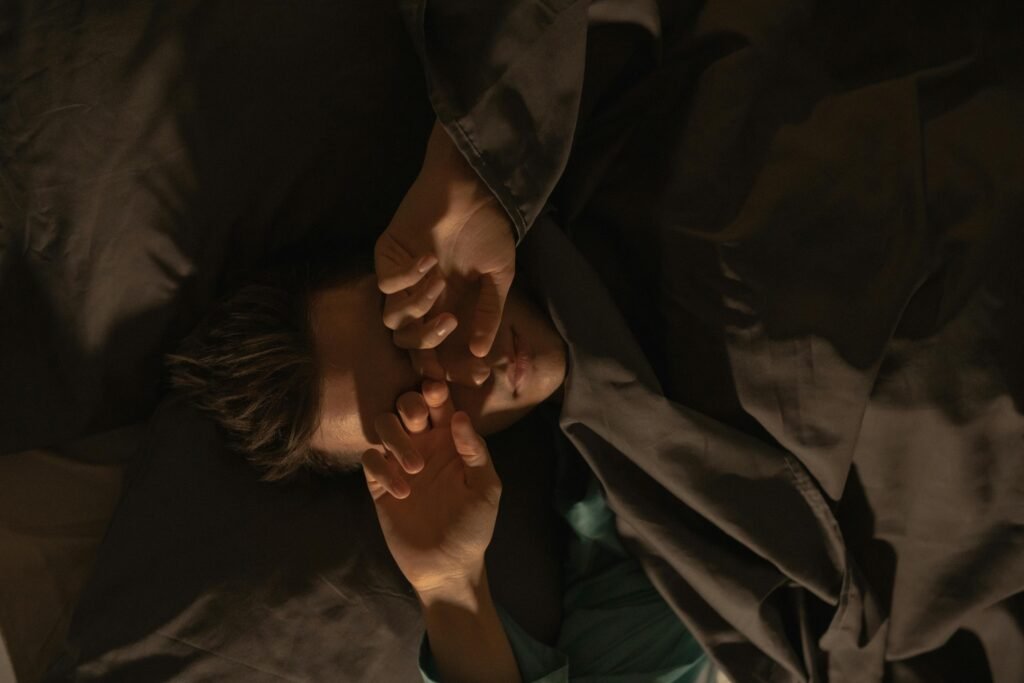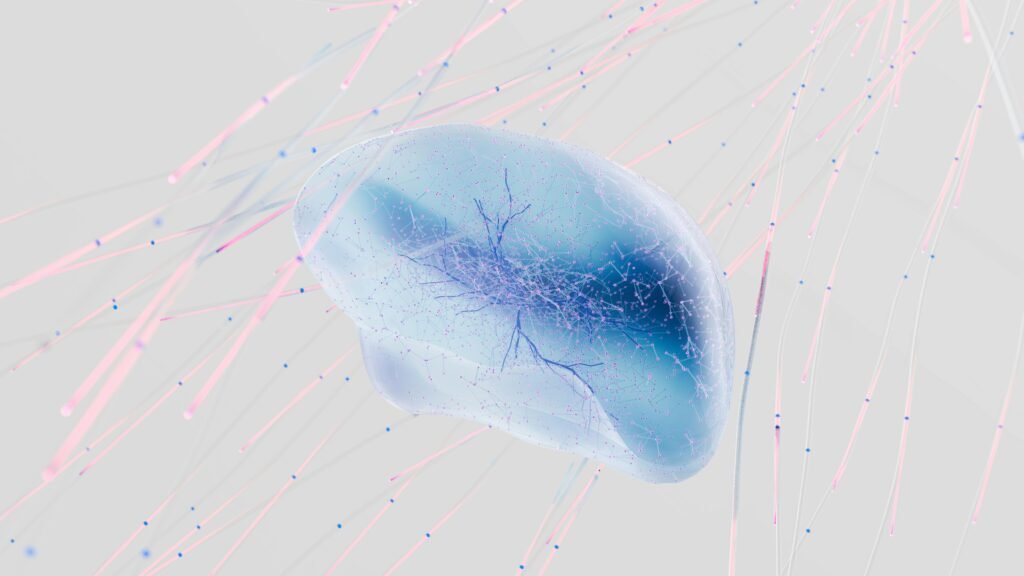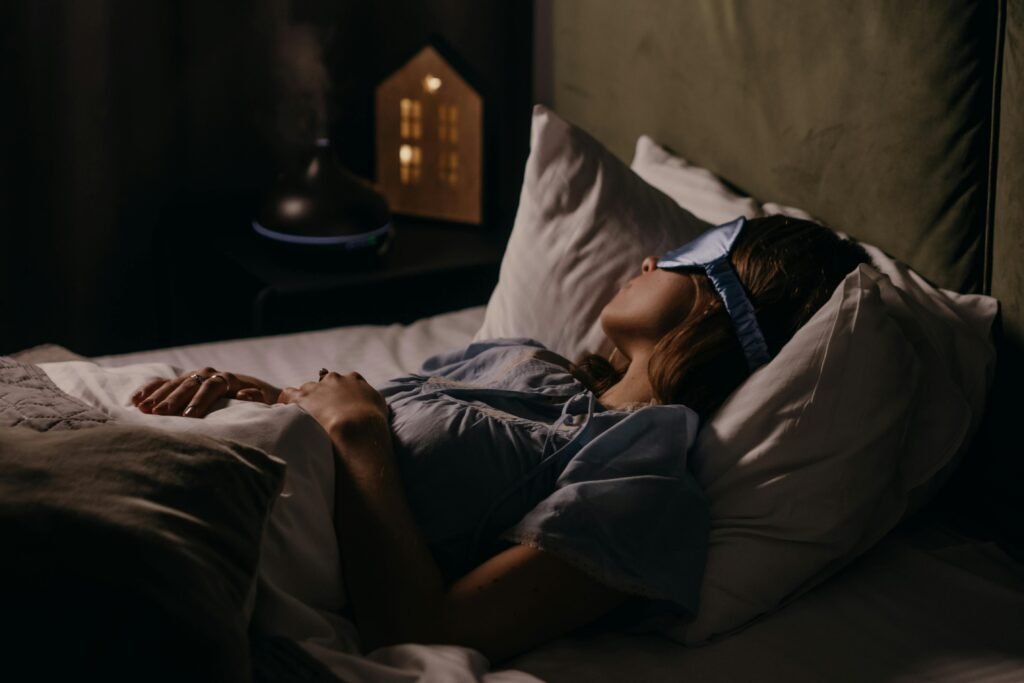
Introduction
As someone who has embraced the night shift lifestyle, I know firsthand how challenging it can be to get quality sleep when the rest of the world is wide awake. If you’re struggling with sleep disorders as a night shift worker, you’re definitely not alone. In fact, studies show that up to 32% of night shift workers experience some form of sleep disorder, making it one of the most significant challenges we face in our unconventional work lives.
The night shift lifestyle comes with unique rewards like shift differentials, quieter work environments, and often more autonomy. However, it also brings the very real challenge of fighting against our natural circadian rhythms. After working nights for several years myself, I’ve learned that understanding and addressing sleep disorders is not just about getting more rest it’s about protecting our long-term health and maintaining our quality of life.
Understanding Sleep Disorders in the Night Shift Lifestyle

When we choose the night shift lifestyle, we’re essentially asking our bodies to function in a way that goes against millions of years of evolution. Our internal body clock, known as the circadian rhythm, is naturally programmed to make us alert during daylight hours and sleepy when darkness falls. This biological programming doesn’t simply switch off because we work at night.
The most common sleep disorder affecting those of us in the night shift lifestyle is Shift Work Sleep Disorder (SWSD). This condition affects approximately 23% of night and rotating shift workers and is characterized by excessive sleepiness during work hours and insomnia when trying to sleep during the day. The National Sleep Foundation recognizes SWSD as a genuine medical condition that requires proper attention and treatment.
What makes sleep disorders particularly challenging in our night shift lifestyle is that they often compound over time. Poor sleep leads to decreased cognitive function, which can affect work performance, which then creates stress and anxiety about job security. This stress makes it even harder to sleep, creating a vicious cycle that can be difficult to break without proper intervention.
Sleep apnea is another concern that affects night shift workers at higher rates than day workers. The irregular sleep patterns and increased stress associated with the night shift lifestyle can worsen existing sleep apnea or contribute to its development. Unlike insomnia, sleep apnea requires medical diagnosis and treatment, often involving CPAP machines or other interventions.
Restless Leg Syndrome (RLS) also appears more frequently among those living the night shift lifestyle. The condition, characterized by uncomfortable sensations in the legs and an irresistible urge to move them, can be particularly disruptive when you’re trying to sleep during daylight hours when the condition typically worsens.
The Science Behind Night Shift Sleep Challenges

To effectively address sleep disorders in our night shift lifestyle, it’s crucial to understand what’s happening in our bodies on a biological level. Our circadian rhythm is controlled by a small group of cells in the brain called the suprachiasmatic nucleus, which responds primarily to light and darkness cues.
When we expose ourselves to artificial light during our night shifts, we’re sending mixed signals to this internal clock. The bright lights necessary for safe and effective work tell our brains to stay alert and produce cortisol, while our work schedule demands that we sleep during the day when our bodies naturally want to be awake.
Melatonin, often called the sleep hormone, typically begins rising in the evening around 9 PM and peaks around 3 AM in people with traditional schedules. For those of us living the night shift lifestyle, this natural melatonin production is suppressed by light exposure during our work hours, making it difficult to feel sleepy when we finally get home in the morning.
Our core body temperature also follows a circadian pattern, typically dropping in the early morning hours to signal sleep time. However, the physical activity and mental alertness required for night work can keep our body temperature elevated, making it physiologically difficult to fall asleep even when we’re exhausted.
Research from Harvard Medical School has shown that night shift workers experience a 40% increase in sleep disorders compared to day workers. This isn’t simply due to poor sleep habits it’s a natural consequence of the biological challenges inherent in the night shift lifestyle.
Creating Your Optimal Sleep Environment
One of the most effective ways to combat sleep disorders in the night shift lifestyle is to create an environment that supports quality daytime sleep. I’ve learned through trial and error that your bedroom setup can make or break your sleep success.
Light control is absolutely critical. Even small amounts of light can suppress melatonin production and keep your brain in “wake” mode. I recommend investing in blackout curtains or shades that completely eliminate outside light. Some night shift workers I know have had success with blackout panels that can be easily installed and removed, especially if you’re renting or don’t want permanent modifications.
An eye mask can provide additional protection against light leaks and is particularly useful if you share your sleeping space with someone on a different schedule. The Sleep Foundation recommends contoured masks that don’t put pressure on your eyes and allow for natural eye movement during REM sleep.
Noise management requires a multi-layered approach since daytime brings sounds that traditional sleepers rarely encounter. A white noise machine can help mask the inconsistent sounds of daytime life traffic, lawn mowers, children playing, and neighbors going about their daily routines. I personally use a combination of white noise and earplugs designed specifically for sleeping.
Temperature control is another crucial factor that many people overlook. The optimal sleep temperature is between 65-68 degrees Fahrenheit, but maintaining this during hot summer days when you’re trying to sleep can be challenging and expensive. Consider investing in blackout curtains that also provide insulation, or a cooling mattress pad if air conditioning costs are a concern.
The Mayo Clinic emphasizes that consistency in your sleep environment is just as important as the physical conditions. Using the same room, same bedding, and same pre-sleep routine helps signal to your body that it’s time to rest, regardless of what time of day it is.
Developing Effective Sleep Hygiene for Night Shift Workers
Sleep hygiene takes on special importance when you’re living the night shift lifestyle. The standard advice given to day workers often doesn’t apply directly to our situation, so I’ve had to adapt and develop strategies that work specifically for our unique challenges.
Timing your wind-down period is crucial. I’ve found that trying to fall asleep immediately after work is often counterproductive. Your body temperature, heart rate, and stress hormones are typically still elevated from work activities. Allow yourself 30-60 minutes to decompress before attempting sleep. This might include a warm shower, light stretching, or reading something relaxing.
Managing caffeine intake is particularly tricky in the night shift lifestyle since we often rely on it to stay alert during work. The general rule is to avoid caffeine within 6 hours of your intended sleep time, but individual sensitivity varies widely. I’ve learned to stop consuming caffeine by about 2 AM if I plan to sleep at 8 AM, but you may need to experiment to find your personal cutoff time.
Exercise timing can significantly impact your sleep quality, but it requires careful planning in the night shift lifestyle. The American Sleep Association recommends avoiding vigorous exercise within 4 hours of sleep time. For night shift workers, this often means exercising before work rather than after, which can actually help boost energy levels for your shift.
Creating a consistent pre-sleep routine is perhaps the most important sleep hygiene practice for those of us in the night shift lifestyle. This routine should be the same regardless of whether you’re sleeping after a work night or during your days off. My personal routine includes dimming lights gradually, taking a warm shower, doing some light stretching, and reading for 15-20 minutes.
Nutrition and Its Impact on Night Shift Sleep

What and when you eat can dramatically affect your sleep quality in the night shift lifestyle. Our digestive systems also follow circadian rhythms, and eating large meals when your body expects to be fasting can disrupt both digestion and sleep.
The timing of your last meal before sleep is crucial. Eating a large meal within 3 hours of sleep can cause discomfort and indigestion that interferes with falling asleep. However, going to bed hungry can also prevent quality sleep. I’ve found that a light snack containing both protein and complex carbohydrates about an hour before sleep works well.
Certain foods can naturally promote sleepiness due to their chemical composition. Turkey, milk, eggs, and nuts contain tryptophan, an amino acid that helps produce serotonin and melatonin. Combining these with complex carbohydrates like whole grain crackers or oatmeal can enhance their sleep-promoting effects.
Magnesium-rich foods can also support better sleep quality. Dark leafy greens, nuts, seeds, and whole grains contain this mineral, which helps regulate neurotransmitters involved in sleep. Some night shift workers find that a small serving of magnesium-rich foods before sleep helps them fall asleep more easily.
Avoid foods that can interfere with sleep quality. Spicy foods can raise your body temperature and cause digestive discomfort. High-sugar foods can cause blood sugar spikes and crashes that may wake you during your sleep period. While alcohol might initially make you drowsy, it significantly disrupts sleep cycles and leads to fragmented, poor-quality rest.
The Harvard T.H. Chan School of Public Health has published research showing that night shift workers who follow consistent eating patterns aligned with their sleep schedules experience better sleep quality and fewer digestive issues than those who eat irregularly.
Managing Light Exposure for Better Sleep

Light management is one of the most powerful tools we have for improving sleep in the night shift lifestyle. Understanding how to use light strategically can help reset your circadian rhythm and improve both your alertness during work and your sleep quality afterward.
During your night shift, exposure to bright light is beneficial for maintaining alertness and performance. The Journal of Clinical Medicine recommends bright light therapy during the first half of your shift to help suppress melatonin and maintain cognitive function. Many workplaces already provide adequate lighting, but if you work in a dimmer environment, consider a light therapy box.
As your shift progresses and you approach the time when you’ll need to sleep, begin reducing your light exposure. Wear sunglasses on your drive home, especially during sunrise hours. Even brief exposure to bright morning sunlight can reset your circadian rhythm in the wrong direction and make it much harder to fall asleep.
Blue light from electronic devices is particularly disruptive to sleep. The screens on phones, tablets, computers, and televisions emit blue light that strongly suppresses melatonin production. I recommend avoiding all screens for at least 1-2 hours before your intended sleep time. If you must use devices, blue light blocking glasses or screen filters can help minimize the impact.
Consider investing in amber or red-tinted bulbs for your bedroom and other areas you’ll be in before sleep. These wavelengths of light are less disruptive to melatonin production than standard white or blue-tinted bulbs. Some night shift workers use red flashlights for any necessary activities during their wind-down period.
The National Institute for Occupational Safety and Health (NIOSH) has developed specific light exposure guidelines for shift workers that can help optimize both work performance and sleep quality.
When to Seek Professional Help

While many sleep issues in the night shift lifestyle can be improved with proper sleep hygiene and environmental modifications, some situations require professional medical intervention. Recognizing when your sleep problems have moved beyond self-care is important for your health and safety.
If you’ve been implementing good sleep practices consistently for 4-6 weeks without significant improvement, it’s time to consult with a healthcare provider. Chronic sleep disorders can have serious health consequences, including increased risk of cardiovascular disease, diabetes, and mental health issues.
Sleep apnea is particularly concerning for night shift workers and requires professional diagnosis and treatment. Warning signs include loud snoring, gasping or choking during sleep, excessive daytime sleepiness despite adequate time in bed, and morning headaches. A sleep study can diagnose sleep apnea and determine the appropriate treatment.
Mental health concerns often accompany chronic sleep disorders in the night shift lifestyle. If you’re experiencing symptoms of depression, anxiety, or other mental health issues, addressing these conditions often improves sleep quality significantly. Many communities have mental health professionals who specialize in working with shift workers.
Some night shift workers may benefit from prescription sleep aids under medical supervision. While these shouldn’t be the first line of treatment, they can be helpful for breaking severe insomnia cycles when used appropriately and temporarily. The American Academy of Sleep Medicine has specific guidelines for sleep medications in shift workers.
Cognitive Behavioral Therapy for Insomnia (CBT-I) has shown excellent results for shift workers with chronic sleep problems. This therapy helps identify and change thoughts and behaviors that contribute to sleep difficulties and can be particularly effective for those in the night shift lifestyle.
Building Long-Term Sleep Success in Your Night Shift Lifestyle
Successfully managing sleep disorders in the night shift lifestyle requires a long-term perspective and sustainable strategies. Quick fixes rarely work for the complex sleep challenges we face as night shift workers.
Consistency is the foundation of good sleep in our lifestyle. This means maintaining your sleep schedule not just on work days, but also on your days off whenever possible. I understand that social and family obligations sometimes require flexibility, but try to minimize dramatic shifts in your sleep timing.
Keep track of your progress with a sleep diary that records when you go to bed, how long it takes to fall asleep, how many times you wake up, and how you feel upon waking. This information helps identify patterns and determine which strategies work best for your specific situation.
Be prepared for setbacks and don’t let them derail your progress. Stressful life events, schedule changes, illness, or other factors may temporarily disrupt your sleep improvements. Having a plan for getting back on track quickly prevents short-term setbacks from becoming long-term problems.
Consider joining online communities or support groups for night shift workers. Connecting with others who understand the unique challenges of our lifestyle can provide both practical advice and emotional support. The r/Nightshift community on Reddit and various Facebook groups are popular options.
Remember that managing sleep disorders in the night shift lifestyle is an ongoing process that requires patience and persistence. With the right strategies, professional support when needed, and a commitment to prioritizing your sleep health, you can overcome sleep challenges and thrive in your chosen lifestyle.
The night shift lifestyle offers many benefits, and with proper sleep management, you don’t have to sacrifice your health to enjoy them. Quality sleep is not a luxury for night shift workers it’s an essential component of a sustainable and healthy career in night work.
Light therapy boxes and blue light blocking glasses can be found at retailers like Amazon and specialized sleep retailers. White noise machines and sleep masks are also available through Target and online sleep specialty stores.
Taking control of your sleep health is one of the most important investments you can make in your night shift lifestyle. With dedication and the right approach, quality sleep is absolutely achievable, even when working against conventional schedules.
